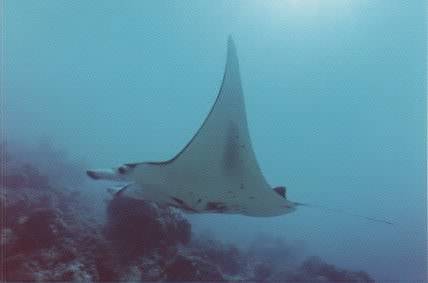
HOME
What's New?
Useful Sites
Visitor's Authority
Palau Map
Miscellanious Sites
Preservation Society
Getting Around
KB Bridge
Diving Tips
The Famous Blue Corner
Living Legacy
Being A Palauan
Proverbs
Palauan Horoscope
Personal Homepages
The Cube
Palauan Links
About YDKDY

Until recently, Palau's history was not recorded in writing. Besides paintings and carvings on the Bai meeting houses and the storyboards, which began only in this century, the history of Palau has been passed on from generation to generation through words, usually in the form of legends or myths.
 The Legend of Ochaeo, which is one of Palau's newer legends, is popularly accepted as historical, although it is not verifiable. Ochaeo is a god believed to have actually taken the form of a man at one time and married a woman Mlechei ra Omengiil from a nearby home, but they never had any children.
The Legend of Ochaeo, which is one of Palau's newer legends, is popularly accepted as historical, although it is not verifiable. Ochaeo is a god believed to have actually taken the form of a man at one time and married a woman Mlechei ra Omengiil from a nearby home, but they never had any children.At Idub odesongel (stone platform of a house) in the village of Ngchesar, where the ochaeo (Audubon Shearwater) flew thus confirming his identity as a god, there lived at the time a man whose title was Rechelluul el Melaong, founder of the Ngerbis Clan. |
But the stories connected to Ochaeo do not end here. Shortly after Ochaeo has shown his connection to Idub and the Audubon shearwater, a couple of men from the village of Melekeok near Ngchesar went fishing and speared two spotted eagle rays, also known as ochaeo. They had just built a diangel (waiting house) for the village kabekel (canoes) at Ngeburch, Melekeok, and wanted to celebrate. They cut up the eagle rays to cook them, but as soon as the fire was started, the whole diangel exploded and burnt to the ground. From this, the people learned that Ochaeo could not only take the shape of a man and an Audubon shearwater but also of a spotted eagle ray and extended their worship to the ochaeo of the sea as well.
Nevertheless, there has been numerous cases when a person related to a family of Ngchesar was cruel to the animals and suffered physical or mental health problems that even modern medicine could not cure. But if the offender went to Ngchesar to the female head of the Ngerbis Clan, who the god Ochaeo can speak through, to correct the wrong and underwent an omesurch (ritual hot bath), healing occured. The Iyebukel Clan, which gave refuge to the mother of Ochaeo, is responsible for the gathering of the medicinal plants, while the Ngerbis Clan prepares the omesurch. If an offender does not go through the healing process, he or she, including close relatives, would continue to suffer, sometimes even dying of ailments that to this day could not be diagnosed.